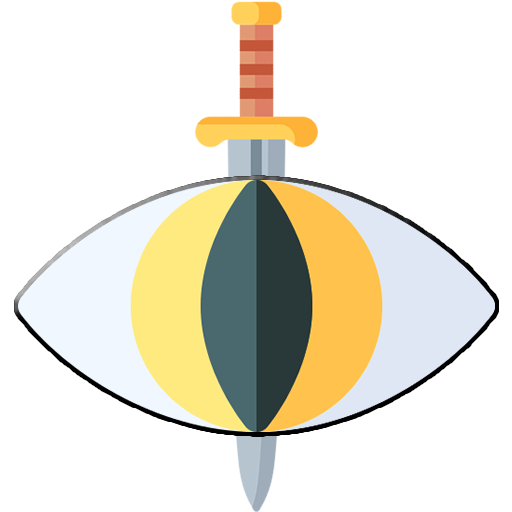 Blade of the Witcher
Blade of the Witcher
The Blade of the Witcher is a relentless hunter forged for spell-dueling and monster-slaying alike. These spellblades blend mutagenic knowledge, martial training, and targeted spellcraft into a deadly profession: tracking, confronting, and dismantling the arcane threats others fear to name. Where most warriors fail against curses, shapechangers, and conjured horrors, the Witcher remains unflinching—immune to illusions, resistant to hexes, and immune to panic. Cold steel and anti-magic become their creed.
Hexbane Arsenal
Witcher Spellblades wield specialized weapons etched with slayer’s runes and alchemical channels. Their strikes carry purging effects—breaking barriers, dispelling enchantments, unraveling curses mid-swing. They duel with calculated precision, layering counterspells between feints and chaining spellstrikes that bleed magic from their enemies. From stored signs that freeze or burn to weapon-bound wards that block fireballs, every motion is optimized for efficiency and magical suppression.
Forged in the Cauldron Lodges
Trained in hidden cauldron lodges—harsh academies nestled deep in witch-haunted ruins or cursed valleys—each Blade of the Witcher undergoes brutal rituals and experimentation. Alchemical baths, essence grafts, and exposure to controlled curses leave them immune to many arcane effects but mark them as outsiders. They are conditioned to face threats both mystical and physical: cursed nobility, planar interlopers, abominations born from failed rituals, and ancient spellplagues long thought dormant.
Doctrine of the Slayer’s Seal
This doctrine teaches that magic is a weapon—but also a disease. It must be countered, cured, or cut out. Witchers wield dispel-focused strikes, mana-stunning parries, and prepared glyphs that weaken casters or silence summoned beasts. Each fight begins with preparation—sigils chalked onto stone, poisons applied to blades, scrolls woven into armor. Their magic is lean, brutal, and situational. They are spellbreakers first, killers second, survivors always. When magic threatens to spiral, the Witcher closes in.
 Spells Known:
Spells Known:-
Concussive Burst
 1
1
 5
5

-
Dominion
 3
3
 28
28

-
Silver Crossstrike
 4
4
 36
36

 Passive Abilities:
Passive Abilities:-
Monster Lore3000 gp 1

-
Blade of the Witcher Spells - 1st Level500 gp 3

-
Toxic Adaptation4000 gp 5

-
Blade of the Witcher Spells - 2nd Level750 gp 9

-
Potion Mastery2500 gp 10

-
Magic Tether Sense1500 gp 15

-
Blade of the Witcher Spells - 3rd Level1000 gp 17

-
Sign Mastery3000 gp 20

-
Blade of the Witcher Spells - 4th Level1500 gp 25

-
Silver Soul7500 gp 25

-
Master Brewer10000 gp 30

-
Blade of the Witcher Spells - 5th Level2000 gp 33

-
Master Witcher10000 gp 35

 Quick Abilities:
Quick Abilities:-
Toxic Coating1

-
Mutagen: Surge8

-
Alchemical Flashbomb12

-
Mutagen: Absorption16

-
Mutagen: Focus24

-
Mutagen: Apex Predation32

-
Witcher Apex Mutation40

 Attack Abilities:
Attack Abilities:-
Oil: Necrophage Slayer3000 gp 20

 Skill Tier 3:
Skill Tier 3:-
 Alchemy
Alchemy -
 Biology
Biology -
 Hunting
Hunting